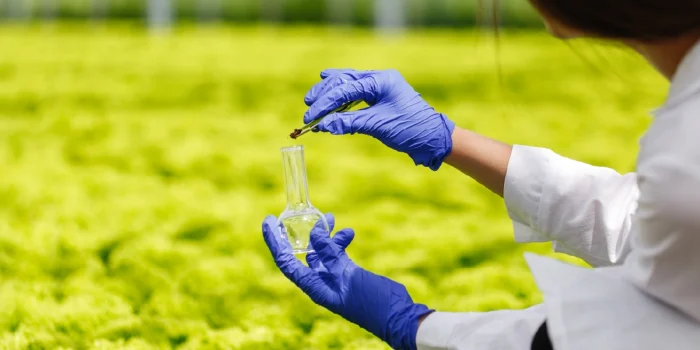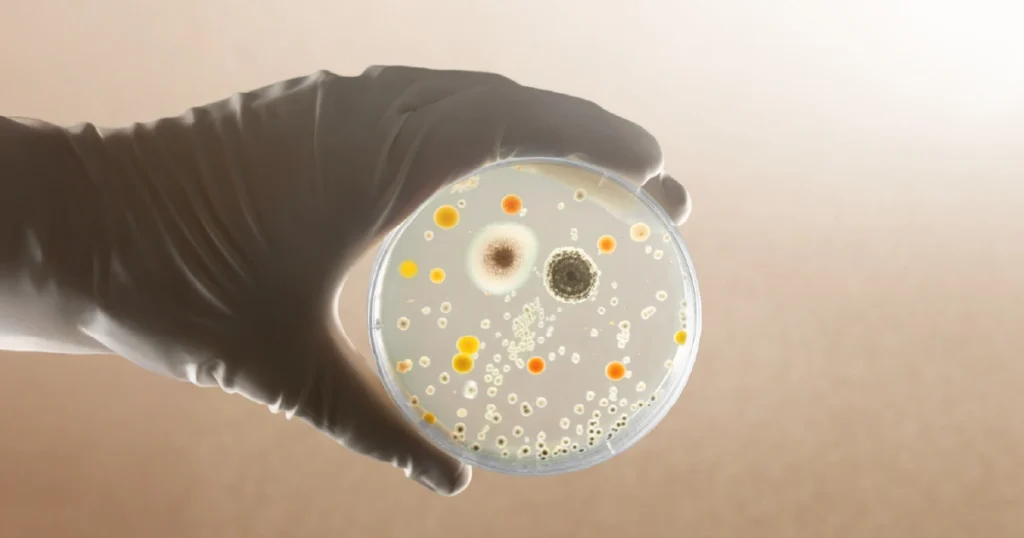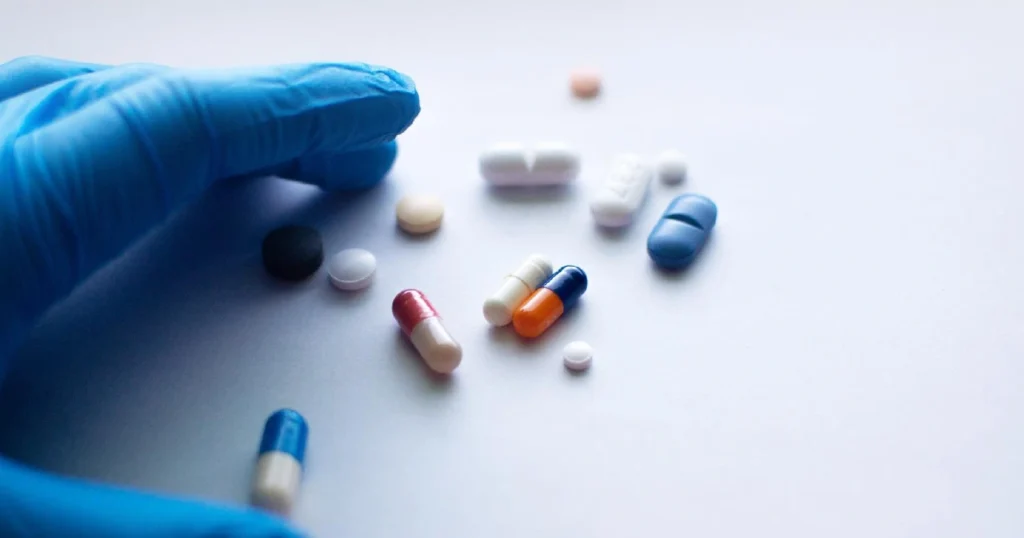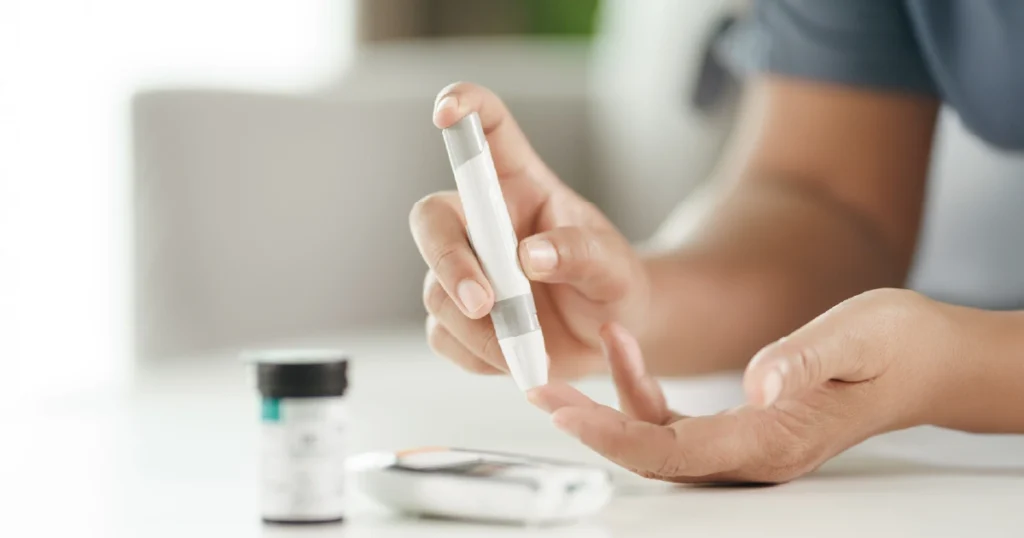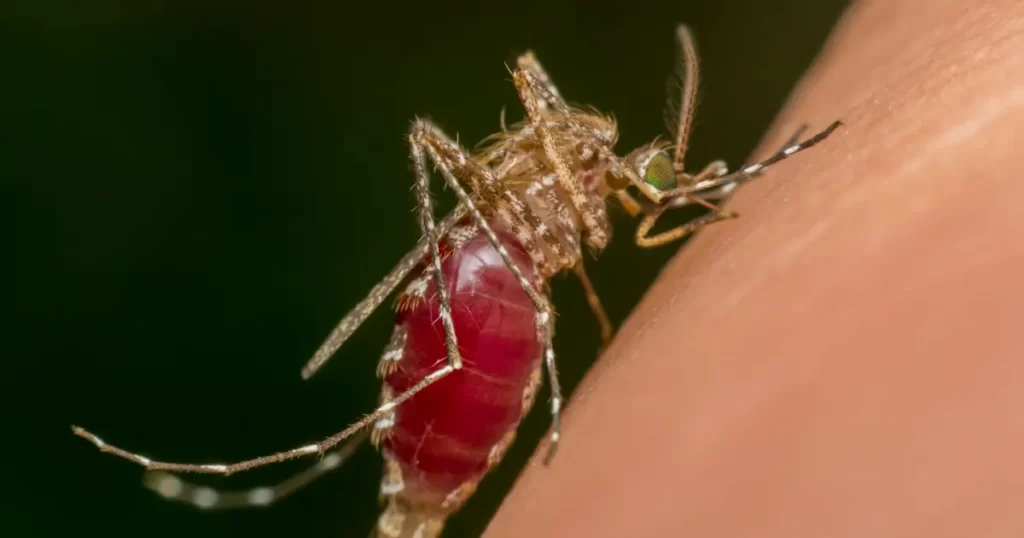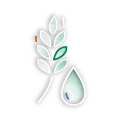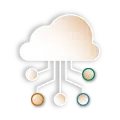Introduction
The food on our tables tells a complex story—one that begins long before harvest. Across the globe, antibiotics are used not only to treat animal illness but also to promote faster growth and prevent disease in healthy livestock. This convenience comes at a cost: the rise of Antibiotics in Our Food Chain, a growing concern for global health.
While antibiotics revolutionized modern farming and ensured food security, their overuse has left a lasting footprint on our environment and our bodies. Resistant bacteria born in barns and feedlots now travel silently through food, water, and trade, reshaping how we must think about both agriculture and medicine.
The real question isn’t whether antibiotics should be used—but how can we use them responsibly to protect both health and harvests?
The Roots of Resistance
In industrial farming, antibiotics are often used to keep animals healthy under crowded conditions. This practice fuels the evolution of resistant bacteria—microbes that no longer respond to treatment.
The World Organisation for Animal Health (WOAH) reports that while global antibiotic use in animals has declined by 27% since 2016, the environmental impact remains significant [1]. Resistant bacteria and drug residues escape farms through manure, runoff, and processing plants, finding their way into rivers, crops, and eventually, human diets.
What begins on the farm doesn’t stay there—it moves through every layer of the food system, altering ecosystems and undermining modern medicine.
Antibiotics in Our Food Chain: The Hidden Pathways
The journey of antibiotics from farm to consumer is intricate:
- Foodborne transmission: Resistant bacteria in meat or produce can survive if food is undercooked or contaminated during handling.
- Environmental spread: Farm runoff and wastewater carry residues into water systems and soil.
- Global trade: Food products cross borders daily, spreading resistance genes worldwide.
- Human contact: Farmers and workers exposed to treated animals may carry resistant bacteria into their communities.
Each pathway blurs the boundaries between agriculture, environment, and public health—making the issue of Antibiotics in Our Food Chain a truly global challenge.
Consequences for Human Health
The link between antibiotic use in agriculture and resistant infections in humans is clear. Studies have connected these practices to rising cases of Salmonella, Campylobacter, and E. coli infections that resist standard treatments [2].
When bacteria develop resistance on farms, the same drugs often become ineffective in hospitals. The result is longer illnesses, higher medical costs, and increased mortality. Children, the elderly, and immunocompromised patients are particularly vulnerable.
The ripple effects go beyond health—antimicrobial resistance disrupts trade, weakens food systems, and erodes consumer confidence in global supply chains.
Innovation Driving Safer Food Systems
Innovation is reshaping how we farm and feed the world. Digital tools now track antibiotic use in real time, while genomic surveillance identifies emerging resistance before it spreads [3]. Researchers are exploring alternatives such as probiotics, bacteriophages, and precision nutrition to maintain animal health without antibiotics [4].
Global programs like INNOVAMR and GLASS unite data, research, and policy under the One Health umbrella, helping countries turn awareness into measurable progress. The next generation of food systems must be both sustainable and medically safe.
A One Health Approach
The One Health framework emphasizes that human, animal, and environmental health are interconnected. Curbing antibiotic overuse in food production is not just an agricultural reform—it’s a public health priority.
Key strategies include:
- Improved animal welfare: Cleaner environments and vaccination reduce infection risk.
- Banning growth promotion: Many regions have restricted non-therapeutic antibiotic use—others must follow.
- Surveillance systems: Monitoring antibiotic usage and resistance patterns informs smarter policies.
- Consumer awareness: Buying antibiotic-responsible or certified products pressures industries to reform.
As awareness grows, so does responsibility—every sector plays a role in restoring the balance between productivity and preservation.
Conclusion
From barnyards to grocery aisles, Antibiotics in Our Food Chain reveal a story of interdependence. What we feed our animals ultimately shapes our own health and the health of the planet.
Reducing antibiotic misuse is not about choosing between farming and medicine—it’s about securing both. Through innovation, education, and global cooperation, we can ensure that the systems nourishing us do not quietly endanger us.
Sustainable food means safe food—and protecting antibiotics today means protecting life tomorrow.
References
- World Organisation for Animal Health (WOAH), 2022. Annual report on antimicrobial agents intended for use in animals. Paris: WOAH. Available at: https://www.woah.org/en/document/annual-report-on-antimicrobial-agents-intended-for-use-in-animals/
- Tang, K.L., Caffrey, N.P., Nóbrega, D.B. et al., 2017. Restricting the use of antibiotics in food-producing animals and its associations with antibiotic resistance in foodborne pathogens: a systematic review and meta-analysis. The Lancet Planetary Health, 1(8), pp.e316–e327. Available at: https://doi.org/10.1016/S2542-5196(17)30141-9
- Van Boeckel, T.P., Pires, J., Silvester, R. et al., 2019. Global trends in antimicrobial resistance in animals in low- and middle-income countries. Science, 365(6459), pp.eaaw1944. Available at: https://doi.org/10.1126/science.aaw1944
- Robinson, T.P., Bu, D.P., Carrique-Mas, J. et al., 2016. Antibiotic resistance is the quintessential One Health issue. Transactions of the Royal Society of Tropical Medicine and Hygiene, 110(7), pp.377–380. Available at: https://doi.org/10.1093/trstmh/trw048

